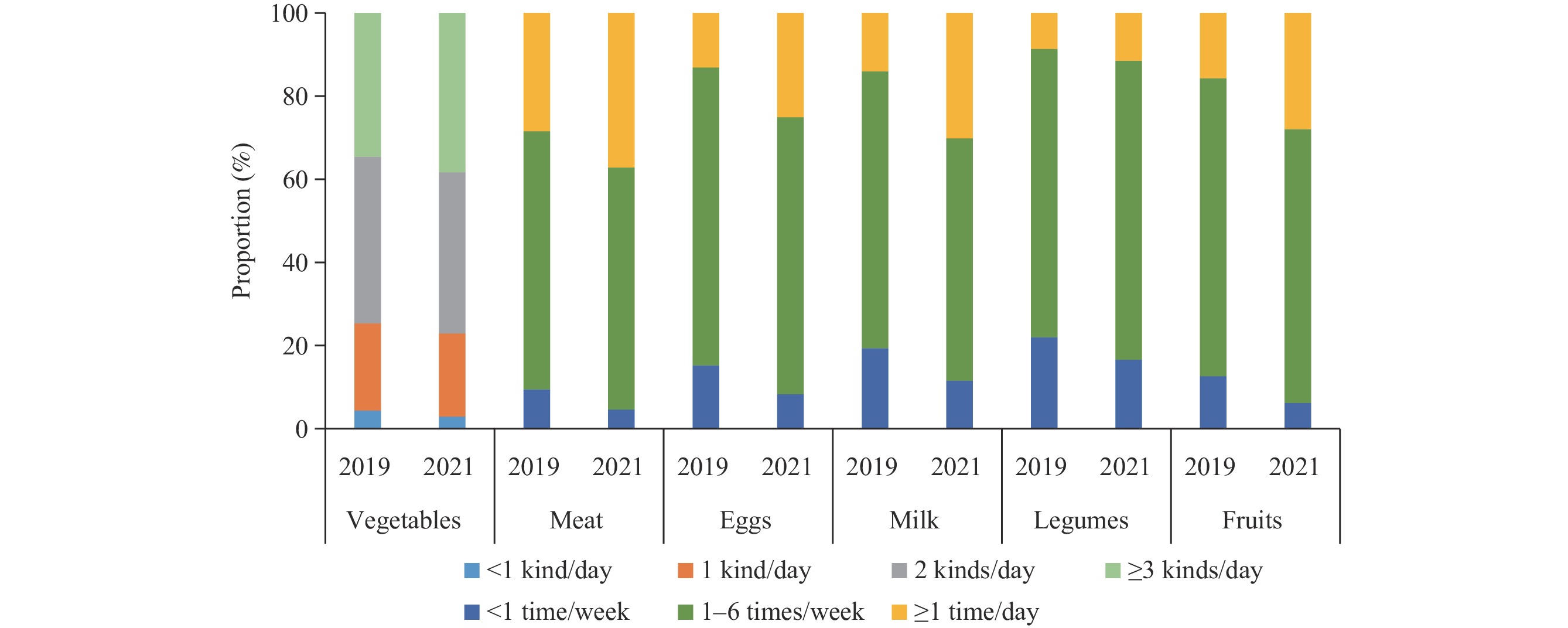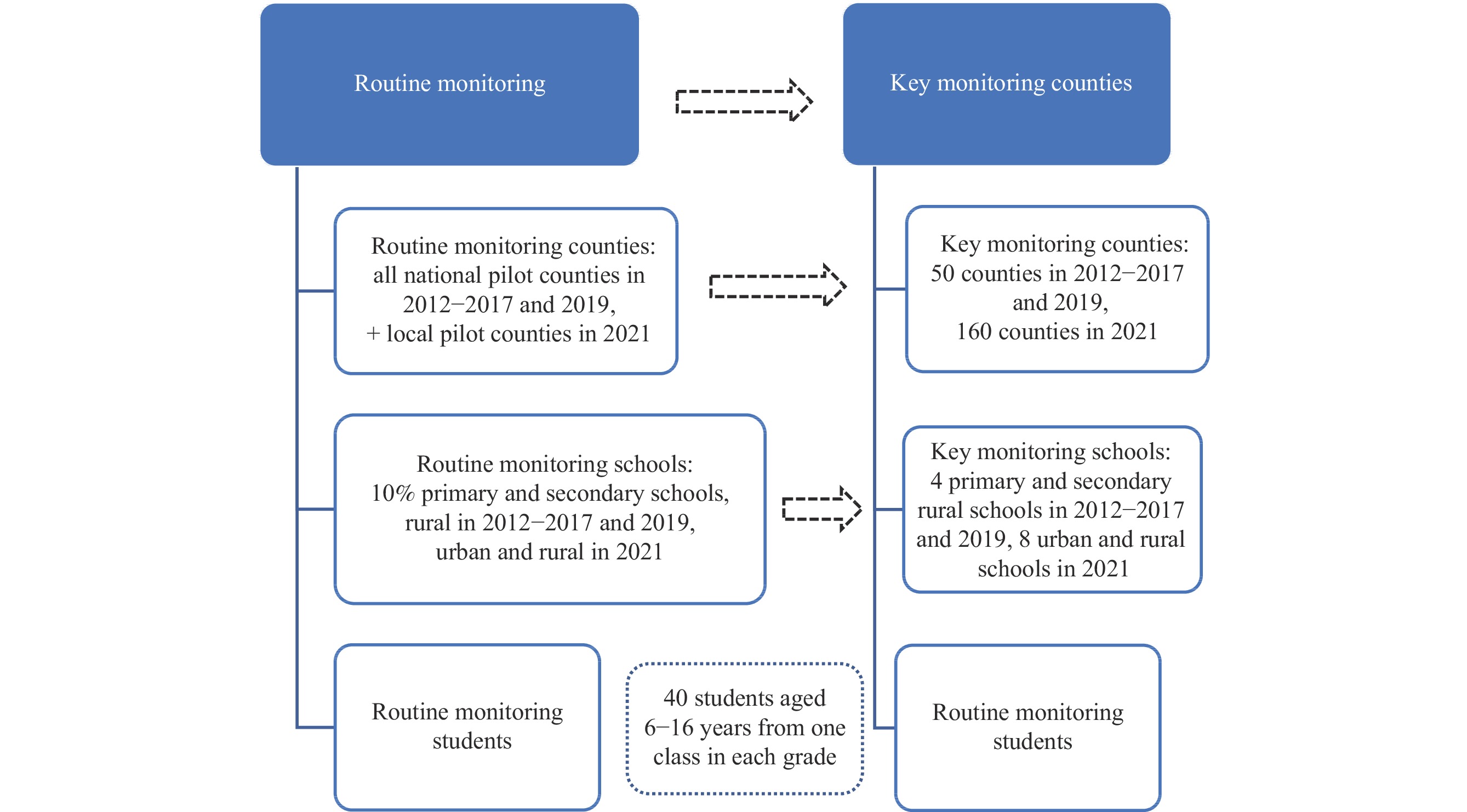2023 Vol. 5, No. 24
Physical fitness is closely associated with children’s development. Limited research has been published on the changes in physical fitness among Chinese children during the implementation of the Nutrition Improvement Program for Rural Compulsory Education Students (NIPRCES).
This research utilized data from the NIPRCES between 2013 and 2021 to examine alterations in children’s physical fitness levels. Over this period, there was a significant increase in the number of rope skipping counts among children. In 2021, variations in these counts were observed, which depended on factors such as age, gender, geographic location, and region.
Physical fitness has been linked to a multitude of non-communicable diseases. Enhanced nutritional measures for children lead to significant improvements in their overall physical fitness, as evidenced by NIPRCES findings. It is crucial for policymakers to implement comprehensive interventions aimed at promoting and advancing children’s physical fitness.
Malnutrition continues to be the primary cause of delayed growth and development among students in economically disadvantaged rural areas of China. Ensuring adequate and appropriate dietary intake is crucial for promoting the healthy growth of these students.
In rural areas of central and western regions in China, the weekly consumption frequencies of meat, eggs, milk, legumes, fruits, and vegetables in 2021 were higher than those in 2019. However, the consumption levels remained relatively low in economically underdeveloped rural areas in 2021.
Understanding the frequency of food consumption among students can provide a solid evidence base for the development of policies and strategies aimed at controlling and preventing malnutrition.
Childhood obesity has been linked to adverse health outcomes during both childhood and adulthood. An accurate understanding of children’s weight status by primary caregivers is essential for effective weight management strategies.
The data utilized in this study were obtained from the 2021 Nutrition Improvement Program for Rural Compulsory Education Students in China. It was found that over one-third of primary caregivers underestimated their children’s weight status, and more than half of the primary caregivers of overweight or obese children underreported the weight status of those children. A low level of agreement was observed between primary caregivers’ perceptions of their children’s weight status and the actual weight status.
There is a relatively higher underestimation of children’s weight in China, which necessitates more effective strategies to enhance the primary caregivers’ perception of their children’s weight status, especially in primary caregivers of males, younger children and children in urban areas.



 Subscribe for E-mail Alerts
Subscribe for E-mail Alerts CCDC Weekly RSS Feed
CCDC Weekly RSS Feed

